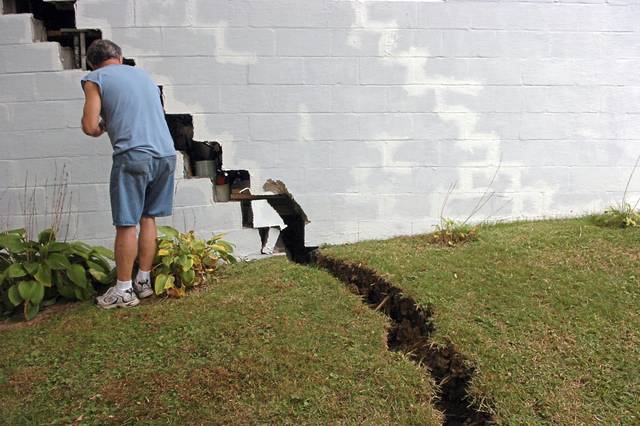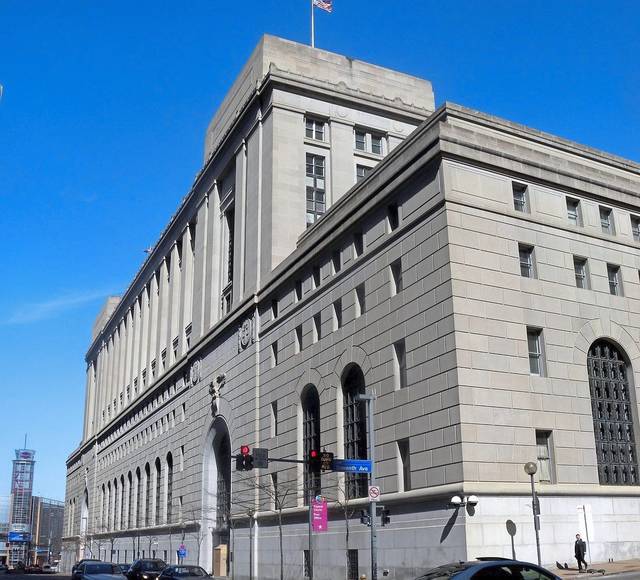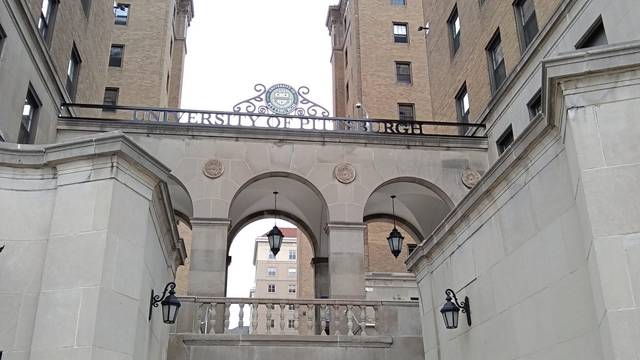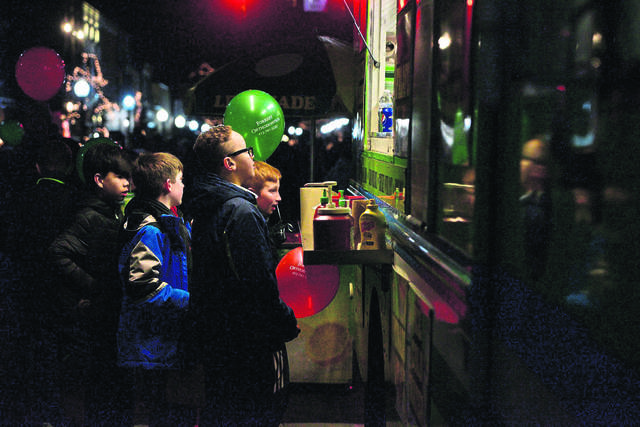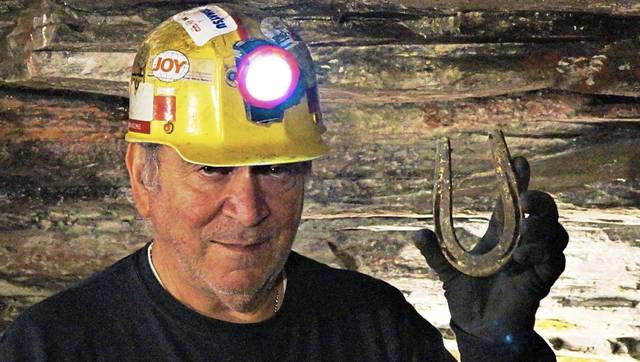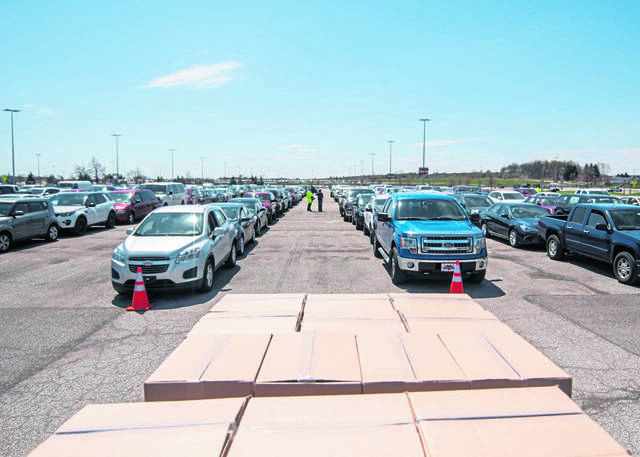Pennsylvania has the most abandoned mine lands in the country, so it is only fitting a national conference on the issue is coming to Pittsburgh in September.
“Pennsylvania has a lot of abandoned mine issues,” said Eric Cavazza, director of the Pennsylvania Bureau of Abandoned Mine Reclamation. “We by far have the largest inventory of sites to deal with.”
The bureau, a division of the state Department of Environmental Protection, is one of the chief organizers of the 41st annual National Association of Abandoned Mine Land Programs conference, scheduled for Sept. 8 to Sept. 11 at the Wyndham Grand Downtown Pittsburgh Hotel.
Nearly 400 people have registered, making it the largest conference of its kind ever, Cavazza said.
The conference theme — “Restore. Transform. Revitalize.” — is a reference to the challenges facing 28 states, including Pennsylvania, when it comes to reclaiming abandoned coal mines, Cavazza said.
Cavazza estimates there are abandoned coal mines located under 9% of the state’s land area — mostly a legacy of the bituminous coal mined in Western Pennsylvania to serve the state’s steel industry.
“Most of those mines at some point will collapse, given enough time,” he said.
Gov. Tom Wolf, in welcoming conference participants, said Pittsburgh has a rich industrial heritage founded on the abundance of coal, which helped fuel the industrial revolution. But there is a downside to that history.
“As a result of our coal mining heritage, we are left with a legacy of abandoned mine lands and abandoned mine drainage which scar our landscape, present hazards to our citizens and degrade our environment,” Wolf said. “Pennsylvania has more abandoned mine land and more miles of streams impaired by abandoned mine drainage than any other state in the nation.”
Among the most pressing issues facing Cavazza’s agency are acid mine drainage — when surface water comes in contact with metals in an abandoned coal mine — and mine subsidence — when the ground above an old or abandoned mine cavity collapses, causing sink holes, cracked foundations and collapsed walls.
Funding to reclaim old mines and repair damage comes from a federal set-aside program created by the Surface Mining Control and Reclamation Act of 1977. The Abandoned Mine Lands, or AML, program is funded by a fee collected on each ton of coal mined in the United States. It is set to expire in 2021.
Cavazza hopes the Pittsburgh conference will include an announcement about the re-authorization of the AML program. The last time the fee was re-authorized was in 2006.
“There’s been a lot of push by local groups in Pennsylvania for re-authorization of the AML fee collection,” he said, noting there will be a panel discussion on re-authorization.
U.S. Reps. Matt Cartwright, D-Scranton, and Glenn Thompson, R-Bellefonte, will speak at the conference.
“We’re hoping for a significant announcement from them about the potential re-authorization of the AML program,” Cavazza said.
Also scheduled to speak are DEP Secretary Patrick McDonnell and Allegheny County Executive Rich Fitzgerald.
Without re-authorization, Pennsylvania stands to lose millions of dollars needed for mine reclamation projects. Pennsylvania would receive significantly smaller AML grants for 10 to 12 years after 2022, according to DEP.
Pennsylvania currently has inventoried more than 287,000 acres in need of reclamation and 5,000 miles of streams degraded by abandoned mine drainage, according to DEP. The cost to reclaim both is an estimated $5 billion.
Past industrial activities, including but not limited to coal mining, have put a significant burden on public lands used for recreation. An estimated 30,000 acres of state forest land are affected by past mining, spread across 182 sites, according to a report by the Pennsylvania Parks & Forests Foundation.
“There are 321 unique point sources of abandoned mine drainage emanating from those sites, which contaminates local streams and rivers, typically killing off aquatic life,” the report said.
To remediate all affected state forest lands would cost at least $275 million, the report said.
In 2017, a project funded by the AML set-aside installed a system to improve treatment of acid mine drainage at Keystone State Park, partly located over an old mine operated by the Keystone Coal & Coke Co.
More recently, DEP awarded a contract for the abatement of mine subsidence threats under 125 homes in Bradenville, Derry Township.


